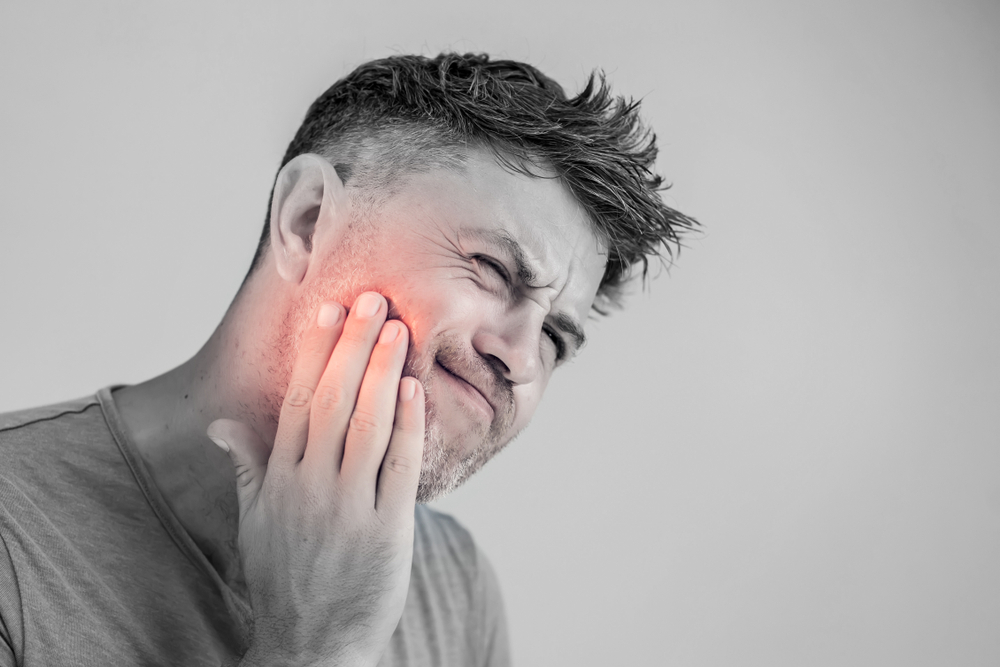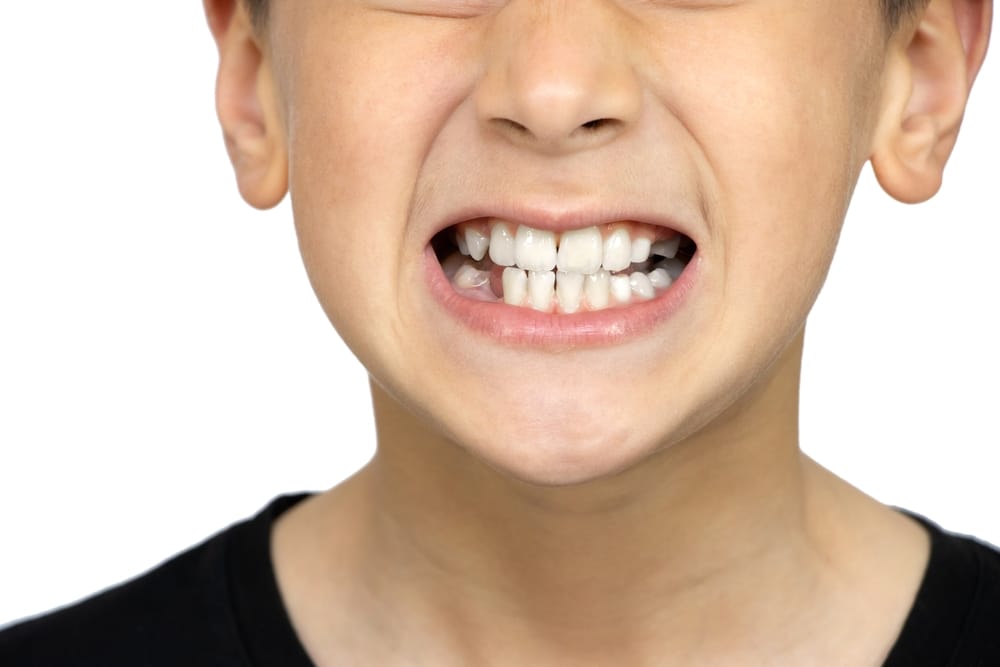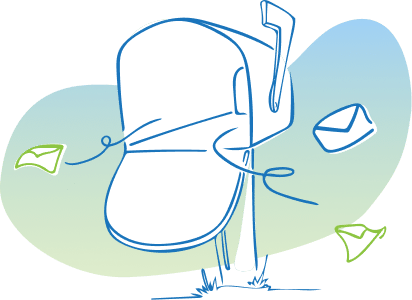If you suffer from frequent headaches, you might be surprised to learn that the problem might not be in your head after all.
Instead, it could be originating in your jaw.
Orofacial pain can be caused by a range of factors, including dental problems and temporomandibular joint (TMJ) disorders.
If you’re experiencing orofacial pain, it’s important to understand the link between this type of pain and TMJ disorders so that you can seek the right treatment.
In this blog post, we’ll explore what TMJ disorders are, how they’re linked to orofacial pain, and what you can do to prevent and manage these conditions.
What is a TMJ disorder?
First, let’s define what we mean by TMJ disorder. The temporomandibular joint (TMJ) is the joint that connects your jawbone to your skull.
You have two TMJs, one on each side of your head.
These joints allow you to open and close your mouth, chew, and speak.

A TMJ disorder is a condition that affects the function of the TMJ. There are many different types of TMJ disorders, but some of the most common include:
- Myofascial pain syndrome: This is a chronic pain disorder that affects the muscles and soft tissues around the TMJ.
- Internal derangement: This is a type of joint disorder that occurs when the components of the TMJ become misaligned or damaged.Degenerative joint disease: This type of condition involves the wearing down or breakdown of the cartilage in the TMJ over time. How are orofacial pain and TMJ disorders related?
- Osteoarthritis: This is a type of arthritis that affects the joints, including the TMJ.
- Rheumatoid arthritis: This is an autoimmune disorder that can cause inflammation in the TMJ.
- Trauma: A blow to the jaw or a whiplash injury can cause TMJ problems.
Common symptoms of TMJ disorders
If you have a Temporomandibular joint (TMJ) disorder, you might experience a range of symptoms. Some of the most common include:
- Pain or tenderness in the jaw
- Pain in the face, neck, or shoulders
- Earaches or ringing in the ears
- Headaches
- Jaw clicking, popping, or grating sounds when you open and close your mouth
- Limited range of motion in the jaw
- Locking of the jaw
If you’re experiencing any of these symptoms, it’s important to seek professional help.
A dentist or oral surgeon can diagnose a TMJ disorder through a physical exam, imaging tests, and a review of your medical history.
Causes and risk factors of TMJ disorders
Several factors can contribute to the development of Temporomandibular joint (TMJ) disorders. Some of the most common causes and risk factors include:
- Bruxism: This is a condition where you grind or clench your teeth, which can put extra pressure on the TMJ.
- Arthritis: Both osteoarthritis and rheumatoid arthritis can affect the TMJ.
- Trauma: A blow to the jaw or a whiplash injury can cause TMJ problems.
- Malocclusion: This is a misalignment of the teeth that can affect the way the TMJ works.
- Stress: Some people clench their jaw or grind their teeth as a response to stress, which can cause TMJ problems.
Understanding the link between TMJ disorders and orofacial pain
So how are Temporomandibular Joint (TMJ) disorders linked to orofacial pain?
To understand this connection, it’s important to know a bit about the anatomy of the TMJ.
The TMJ is a complex joint that involves several different muscles, ligaments, and bones.
When one part of the joint isn’t functioning properly, it can cause pain and discomfort in other parts of the joint and surrounding tissues.
For example, if the disc that cushions the TMJ is displaced, it can put pressure on the nerves and muscles around the joint, causing pain and discomfort in the face, neck, and head.
Similarly, if you have arthritis in the TMJ, it can cause inflammation and pain in the joint and surrounding tissues.
Orofacial pain can also be caused by dental problems, such as tooth decay, gum disease, or abscesses.
When the nerves in the teeth and gums are inflamed or infected, it can cause pain that radiates to other parts of the face, head, and neck.
In some cases, the relationship between orofacial pain and TMJ disorders can be a bit more complicated. For example, some people with TMJ disorders also have bruxism, which can cause additional pain and discomfort in the jaw and surrounding tissues.
Similarly, stress and anxiety can exacerbate TMJ disorders and cause orofacial pain.
How to prevent and manage TMJ disorders and orofacial pain
If you’re experiencing orofacial pain or have been diagnosed with a Temporomandibular Joint (TMJ) disorder, there are several things you can do to manage your symptoms and prevent further damage to the joint.
- Practice good oral hygiene: By brushing and flossing your teeth regularly, you can prevent tooth decay and gum disease, which can contribute to orofacial pain.
- Avoid hard or chewy foods: These types of foods can put extra pressure on the TMJ, exacerbating pain and discomfort.
- Practice relaxation techniques: If stress is a contributing factor to your TMJ disorder, try relaxation techniques such as deep breathing, meditation, or yoga.
- Use heat or ice therapy: Applying a heat or ice pack to the affected area can help reduce inflammation and ease pain.
- Wear a nightguard: If you have bruxism, wearing a nightguard can help protect your teeth and alleviate pressure on the TMJ.
- Seek professional treatment: Depending on the severity of your TMJ disorder, your dentist or oral surgeon may recommend various treatments, such as physical therapy, medication, or surgery.
Conclusion
Orofacial pain can be a frustrating and debilitating condition that can interfere with your daily life.
If you’re experiencing headaches or facial pain, it’s important to seek professional help to determine the underlying cause of your symptoms.
If you have been diagnosed with a TMJ disorder, there are many things you can do to manage your symptoms and prevent further damage to the joint.
By practicing good oral hygiene, avoiding hard or chewy foods, using relaxation techniques, wearing a nightguard, and seeking professional treatment, you can alleviate pain and discomfort and improve your quality of life.





